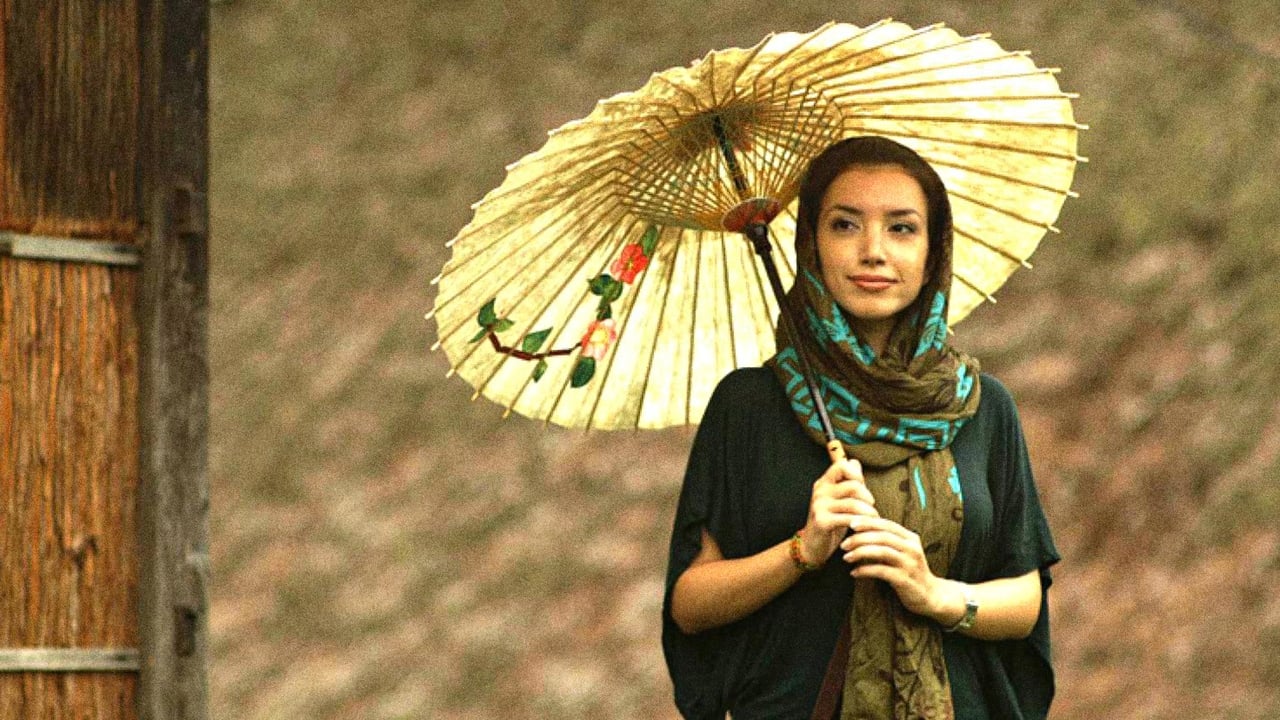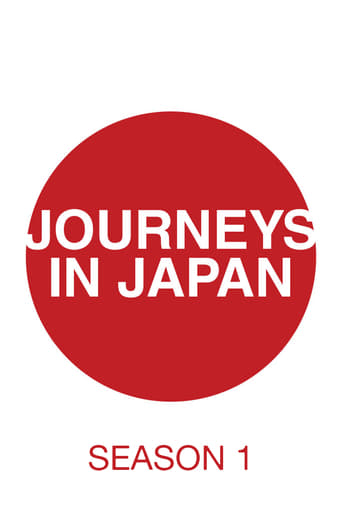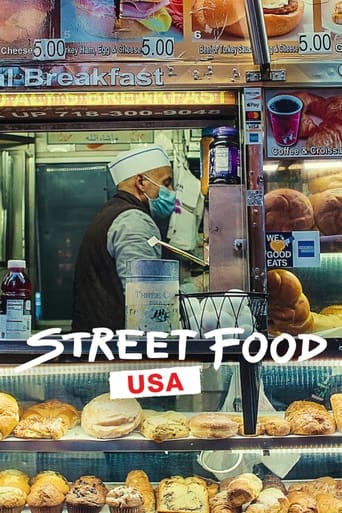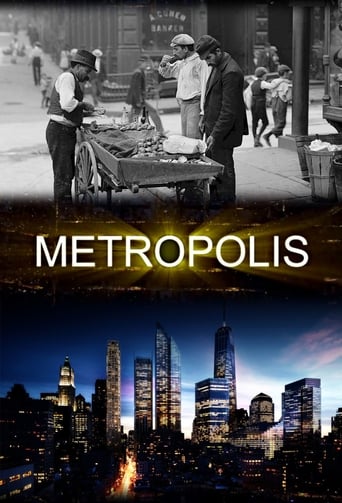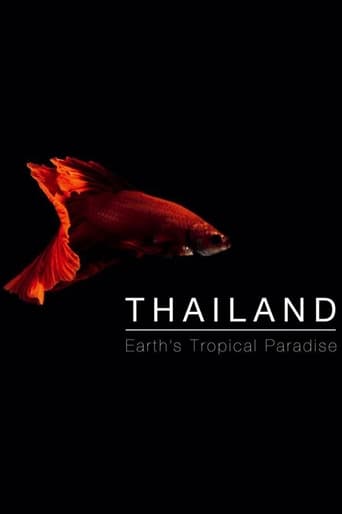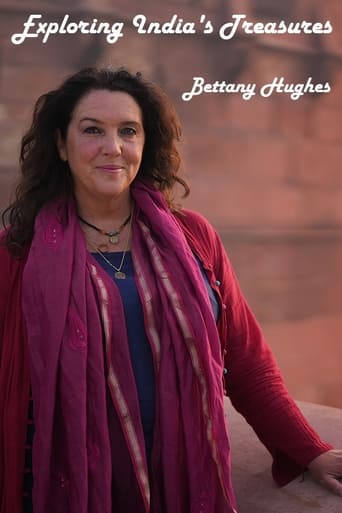Journeys in Japan Season 3
Journeys in Japan provides an eye-opening look at the many unique places to visit in Japan. English-speaking visitors travel the length of the country, exploring the culture, meeting the local people, visiting historic sites and offering travel hints rarely found in guidebooks.
With 30 Day Free Trial!
Journeys in Japan
2010 / TV-GJourneys in Japan provides an eye-opening look at the many unique places to visit in Japan. English-speaking visitors travel the length of the country, exploring the culture, meeting the local people, visiting historic sites and offering travel hints rarely found in guidebooks.
Watch Trailer
Journeys in Japan Season 3 Full Episode Guide
Today we explore Katsunuma in Yamanashi Prefecture, which is a leading wine production center not far from Tokyo. Our reporter Stephane visits wineries winning international awards for wines made with the domestic Koshu grape. He'll also try Japanese kaiseki cuisine paired with some of these wines, as well as meet a grape farmer to taste her home cooking.
This edition of Journeys in Japan takes us to Morioka, a city blessed with mountains, rivers, trees, and architecture steeped in history.
On this edition of Journeys in Japan we visit Tokushima, the home of aizome indigo dye. Aizome is made from the indigo plant. The majority of domestic indigo plant production is based in Tokushima Prefecture. The traditional skills for producing indigo dye have been passed down here for generations by master dyers. The indigo dye industry was prosperous, and the arts flourished. The Awa Ningyo Joruri puppet theater, which has been designated as a significant intangible folk cultural asset, is one of them. Our reporter Deborah from Malaysia explores the traditional arts and crafts of Tokushima.
Our reporter David Bull travels to Shirakami-sanchi, a UNESCO World Heritage Site in northern Japan. Nature guide and botanist Hajime Makita takes him around. Shirakami is recognized for its primeval broadleaf forest of mostly beech trees. David experiences the heartbeat of this vast, undisturbed forest. He later enjoys swimming in a beautiful river, just outside the preserve. For his next stop, David boards a train, heading west. He alights at Fukaura-machi in Aomori Prefecture where the water from Shirakami-sanchi flows into the sea. He observes the deep ties of Shirakami-sanchi with the sea. (Excerpt)
For over 350 years, the city of Kanazawa, Ishikawa Prefecture, has been renowned as a center for traditional culture. It has a number of scenic districts where the classic architecture has been preserved since the old days. On this edition of Journeys in Japan, Rosa Yum visits the city and attends an annual event, Kanazawa Touryoue, that showcases the local craftsmanship and cuisine. One of the representative crafts of this region is Kutani-yaki, a style of pottery known for its vibrant colors.
Since prehistoric times, a religion of nature worship has been practiced in the mountains of the Kii Peninsula, in Western Japan. The sites and pilgrimage routes associated with this religion were registered as a World Heritage site in 2004. The network of pilgrim routes is known as the Kumano Kodo. One of the most important is the Iseji Route, which runs from Mie Prefecture to the three grand shrines of Kumano, in Wakayama Prefecture, in the south of the Kii Peninsula.
On this edition of Journeys in Japan, Lana Bergmann, who is studying design in Japan, visits Taketomi-jima, one of the Yaeyama Islands in the southwestern end of the country. On the island characterized by old, traditional houses and flowers blooming all year round, it is popular to take it easy and stroll around with no particular destination. Lana goes to see the sights on the island on foot and finds a 4-meter tower. She climbs to the top and sees that the communities on the island are surrounded by windbreaks as a protection against typhoons. Each house is surrounded by high stone walls to protect them from winds. They reflect wisdom for living in the island's harsh natural environment. For the night Lana stays in a room in a traditional house. She eats dinner with other tourists, sings a song together, and enjoys herself. She also tries her hand at harvesting seafood and is impressed by islanders' traditional way of thinking.
On this edition of Journeys in Japan we celebrate sakura or cherry blossoms, which are a symbol of spring in Japan. The delicate pink petals have been worshipped here since ancient times. Our reporter from Germany, Lana Bergmann, is a huge fan of sakura. Since cherry trees in areas along the Seto Inland Sea bloom earlier than in many other parts of Japan due to the mild climate, she heads there in pursuit of famous cherry blossom sites. She wants to explore the Japanese passion for the pink petals
This week, we visit Osaka, the capital city of Osaka prefecture, also known as the town of "Kuidaore" means there are too many delicious foods and you can't stop eating until you pass out. Our reporter, John Gatewood, explores the best places to eat and the unique food culture of Osaka.
Beppu City of Oita Prefecture is located in the eastern part of the island of Kyushu, and it is the second largest city in the prefecture with a population of approximately 120,000. With the live volcano Mount Tsurumi sitting on the west side of the city, Beppu is blessed with an abundance of hot springs. It boasts the largest amount of water discharged per day in Japan. Since there are also many types of spring water, it is a location that attracts not only the local people but also visitors from all over the country. Whether it is seeing the sights or tasting the food, Beppu is a place where you can truly enjoy the hot springs, the blessings of nature, through all your five senses. (Excerpt)
This edition of Journeys in Japan features Japan's ancient capital, Nara. We will take a close look at architecture and Buddhist statues dating back more than 1000 years. Our reporter William Reed, an American columnist who's been in Japan for 40 years, is our guide to the city that is home to eight world heritage sites and important ancient treasures.
Takachiho is located in a mountainous area in central Kyushu. According to Japanese mythology, Takachiho is said to be the place where the gods descended from heaven. There, you can still find many things and places that are related to these ancient stories. One of the mythical ruins is Amano-Yasukawara. The cave is said to be a place where the gods gathered to discuss what to do when a sun goddess hid herself, plunging the world into darkness. However, the highlight of this trip is a traditional dance called "Kagura" which is passed down From one generation to another for almost a thousand years. The dances which include stories from the old myths are performed all through the night to thank the gods for a good harvest. On this edition of Journeys in Japan, Peter MacMillan travels to Takachiho and discovers how Japanese people have lived with gods from the ancient time.
For centuries, wheat noodles known as udon have been popular in Japan, especially in Kagawa, Shikoku Island. There are around 900 udon restaurants in Kagawa Prefecture, not just in residential areas but also hidden away in the hills. People come to Kagawa from all over Japan to enjoy these noodles, which are known as Sanuki udon, after the region's historical name. On this edition of Journeys in Japan, Michael Rivas explores Kagawa, finding out all about Sanuki udon and other local food products, and meeting the local people. In the old days, making udon was considered one of the most important skills for women in Kagawa to acquire before getting married. In Kotohira Town, reputed to be the birthplace of Sanuki udon, Michael is invited to an udon party in a private home. He tries his hand at making the noodles, and sees first-hand how important udon is in the life of the local community. (Excerpt)
1,200 years ago, the Buddhist saint Kukai (also known as Kobo Daishi) established 88 temples in Shikoku. Later, it became popular to make a pilgrimage, along a route around the island, visiting all of the temples. This pilgrimage is known as ohenro, and the pilgrims are called ohenro-san. This week on Journeys in Japan, Bene continues on the second stage of her pilgrimage, through Kochi Prefecture. The trail is hard, covering a distance of about 350 km. Bene visits a cave on Cape Muroto where the young priest Kukai meditated and achieved enlightenment. Bene continues to Kochi City, visiting a temple where she experiences the spiritual discipline of copying sutras by hand. She encounters many people along the route, including other pilgrims. In Kuroshio Town, she stays the night at a homestay-style inn, and establishes a deep connection with the couple who run the inn.
1,200 years ago, the Buddhist saint Kukai (also known as Kobo Daishi) established 88 temples in Shikoku. Later, it became popular to make a pilgrimage, along a route around the island, visiting all of the temples. This pilgrimage is known as ohenro, and the pilgrims are called ohenro-san. This week on Journeys in Japan, Bene sets out on the first stage of her pilgrimage in Tokushima Prefecture. She has a guide with her for part of the journey: David Moreton is a college lecturer who has been studying the pilgrimage for 20 years. Together they make their way along a mountain trail that is considered one of the toughest: overcoming difficulties lie this is an essential part of the pilgrims' spiritual training. Bene finds that confronting her own self as she walks, her awareness becomes clearer. She takes in deeply the beautiful scenery she sees, and the warmth of the people she meets.
Since ancient times, people in Japan have produced a form of ink known as sumi, which is used for calligraphy and traditional ink wash painting. Prepared in the form of ink sticks, sumi has to be diluted in water to create a black liquid. Until about 100 years ago, sumi was one of the most popular items sold at stationery stores. Today, ink sticks are rarely used in everyday life, but they are an essential aspect of traditional calligraphy. Shodo, the art of writing kanji characters with sumi ink, remains very popular. On this edition of Journeys in Japan, John Gathright travels to Suzuka, in Mie Prefecture, where sumi has been produced for centuries. He meets a traditional ink-stick master craftsman and discovers the vibrant art of calligraphy.
In this Journeys in Japan, Gow takes a trip to Mikuni-cho of Sakai City, Fukui Prefecture, in search of snow crabs, the king of winter delicacies.
The era of the samurai in Japan ended in 1868 with the Meiji Restoration, marking the start of the country's modernization. One of the powerful forces in this movement was the Satsuma domain - the area now known as Kagoshima. The warriors of Satsuma were renowned for their fierceness as fighters. That samurai spirit still lives on in modern-day Kagoshima. Kagoshima lies at the southern tip of Kyushu. It has a mild climate year-round, with warmer average temperatures than most other parts of Japan. It's a volcanic area, with many active volcanoes and abundant hot springs. The city of Kagoshima has been nicknamed the "Naples of the East" because both cities have bayside locations and have active volcanoes close-by. In fact, Kagoshima City and Naples actually have a sister-city tie-up.
Nakasendo was the old mountain road connecting Edo, today's Tokyo, to Kyoto. The 530-kilometer stretch of road was dotted with 69 post towns. Our reporter, JJ, walks along a preserved section of the Nakasendo and stops at Tsumago, a beautifully restored post town. He spends the night at a venerable inn and meets people who treasure a traditional way of life. This edition of Journeys in Japan features a walk back in time along an Edo era road.
Free Trial Channels
Seasons






